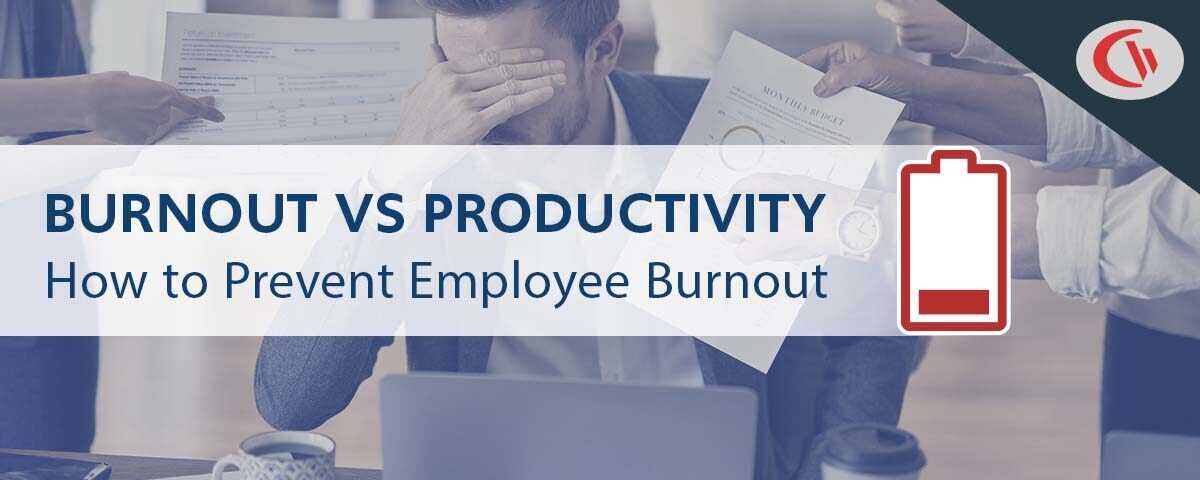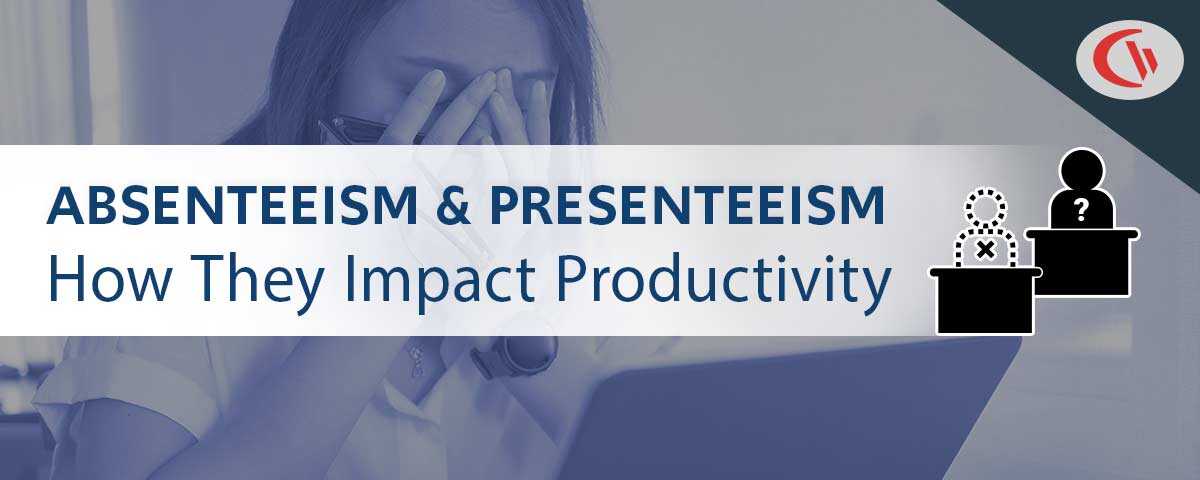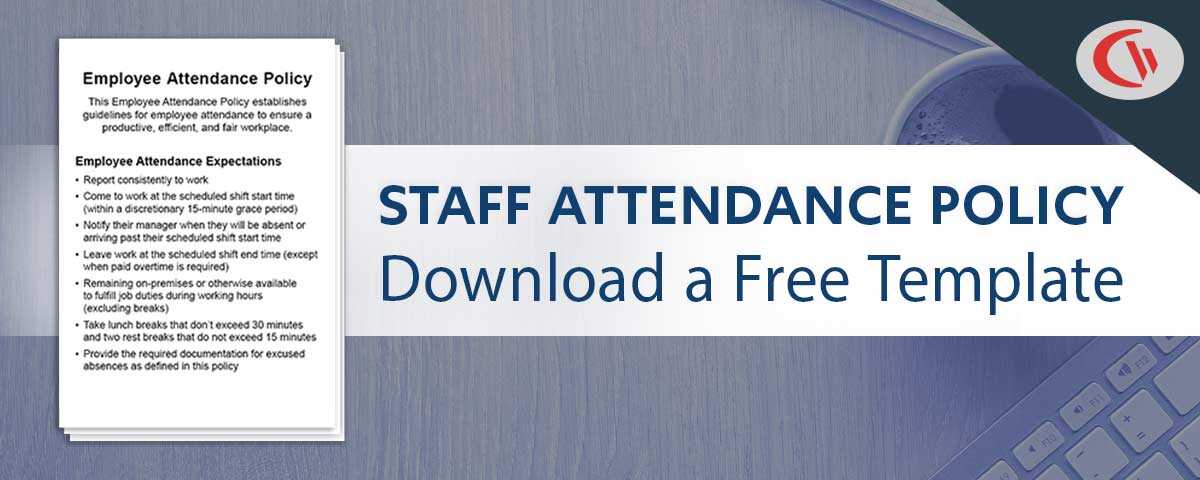How to Prevent Employee Burnout and Increase Productivity: Expert Tips

Employee burnout has officially been recognized by the World Health Organization (WHO) and has become the responsibility of employers. The management must create an effective burnout strategy to prevent extreme workplace stress and work with genuinely happy employees.
In this article, you will learn how to recognize burnout in your employees and the steps you can take to prevent workplace burnout. These tips will help you ensure your workforce remains effective in the long term.
What is Employee Burnout?
Employee burnout results from prolonged workplace stress in professionals that leads to exhaustion. It causes general dissatisfaction and a reduced sense of accomplishment, which further increases work-related fatigue.
Workplace burnout can leave employees feeling overwhelmed, which can make handling even the simplest tasks difficult. It can also impact the freelancers you might have hired for key projects.
Causes of Employee Burnout
Several factors in a workplace can lead to burnout in employees, which may mean a significant loss of work and the potential loss of valued employees. But by understanding the causes of work-related burnout, managers, HRs and employers can take measures to prevent it.
Let’s look at a few causes of burnout at the workplace:
- Feeling Unappreciated or Undervalued – Feeling undervalued can lead to low self-worth and a lack of purpose in the workplace. Such employees may become disengaged, demotivated, and eventually, burnt out.
- Being Overworked – Being overworked is one of the main causes of employee burnout. Excessive workloads or long work hours may lead to a lack of work-life balance and self-care, which can cause extreme stress.
- Lack of Support from Management – Lack of support at the workplace, either from superiors or the management, can lead to feelings of isolation in employees. This, again, may affect their self-worth and cause burnout.
- No Career Progression – Career growth is important to stay motivated. But if your employees do not have sufficient growth opportunities and have been stuck in the same role for years, burnout is inevitable.
- Unclear Communication from Managers – Unclear communication can cause confusion and uncertainty among employees, leading to a higher risk of workplace burnout.
Outcomes of Employee Burnout
When employees experience burnout, it can lead to a number of negative outcomes in the workplace. One of the most common and damaging consequences is increased employee turnover, which is when employees leave their job due to dissatisfaction or fatigue.
Some signs that an employee may be considering leaving due to burnout include decreased performance, decreased motivation, reduced loyalty toward the organization, increased absenteeism, and increased stress levels.
Other outcomes include decreased work quality and productivity and a negative impact on morale throughout the organization. Additionally, employee burnout can also lead to an increased risk of accidents in the workplace due to fatigue, which can put your company’s reputation at risk.
In instances of severe burnout, employees may find it necessary to consider composing a resignation letter.
How to Prevent Employee Burnout and Increase Productivity?
There are several steps that organizations can take to prevent burnout and increase employee productivity. Let’s discuss this.
- Give Your Employees a Voice – Employees who have a voice at the workplace don’t only feel heard but also valued. And this can give them a sense of purpose and motivate them, reducing the chances of burnout.
- Offer Flexible Working Options – Flexible work options allow employees to have a better work-life balance. To introduce flexibility at the workplace, you can allow flexible work hours or ‘work from home’ opportunities to employees who prefer it. This will also reduce the stress of commuting.
- Reduce Workload – Workload should always be reasonable. Just because certain employees tend to work faster does not mean they must complete more tasks in a day. Let employees take breaks and catch up with others in the workplace, so they do not feel that they only come in to sit behind their computers.
- Promote Healthy Work Habits – Healthy work habits like staying organized, managing time well, setting boundaries, setting realistic deadlines, etc., can make employees feel less burdened. You can also promote stress management activities at the workplace like yoga or meditation that are super effective in preventing employee burnout.
- Offer Positive Feedback – Positive employee feedback or appreciation can change the entire outlook of employees towards work. When work starts feeling rewarding, they are usually motivated to do even better. Acknowledging their efforts can make them feel valued, which can help in preventing burnout.
- Aim for Fairness – Fairness in workplaces builds trust and respect among employees. This can increase collaboration and reduce isolation. Therefore, organizations must provide fair compensation, be consistent with appraisals and promotions, and give credit where it’s due to ensure complete fairness.
- Introduce Fun Activities – Every office space must have an off-zone where nobody talks about work. A dedicated space can be created with games or fun activities where employees can come to take their minds off work-related tasks. This prevents prolonged stress and regulates mood.
- Promote Vacation Time – Provide employees with ample vacation time and don’t encourage them to save their off days and cash them out at the end of the year. Instead, encourage them to take time off every once in a while, so they don’t feel tired and eventually burnt out.
- Take Care of Employees’ Well-being – Introduce ways like medical insurance or on-premises health check-ups to communicate how important employees’ well-being is to the organization. You can also take mental health initiatives and increase awareness about workplace burnout and how to prevent it.
In this regard, using an HR benefits platform can streamline and enhance the management of employee benefits within an organization. This platform serves as a central hub where employees can access and manage their benefits, such as health insurance, retirement plans, and wellness programs, with ease.
It’s important to recognize that medical coverage insurance may not cover the entire cost of mental therapy treatments, so it’s important for both the employer and the employee to check therapy costs covered by insurance to be sure. Also, it allows your organization to make necessary arrangements should it decide to shoulder any additional costs. - Respect Your Employees – Respecting your employees will help them feel more motivated, empowered, and secure in their work. It can also help boost morale and encourage collaboration and open communication between employees and management.
- Take Complaints Seriously—Employers and managers are responsible for ensuring they provide a fair, safe, and welcoming work environment. Employee grievances must be taken into careful consideration to ensure that interpersonal conflict is not creating a toxic work environment.
Signs and Symptoms of Workplace Burnout
Here are the main signs of burnout in employees that you need to look out for:
- Feelings of exhaustion and overwhelm
- Loss of motivation and enthusiasm for work
- Increased depression, irritability, and cynicism
- Decreased job satisfaction
- Difficulty concentrating and focusing
- Physical ailments such as headaches, nausea, and fatigue
- Social withdrawal and isolation
- Decreased performance and productivity
- Feelings of hopelessness or helplessness
- Decreased satisfaction with accomplishments
- Increased absenteeism or lateness
Conclusion
Employee burnout is an organizational issue that may affect employee productivity, engagement, staff turnover, and employer branding.
It is important for employers to proactively prevent employee burnout because it can have a major impact on employee morale, productivity, and overall job satisfaction. Burnout can lead to decreased performance and engagement, increased absenteeism and turnover, and decreased job satisfaction and morale.
Proactively preventing burnout can help ensure that employees are engaged, productive, and satisfied with their work. It can also help create a positive work environment where employees feel supported and valued.
Author Bio
Kelly Barcelos is a progressive digital marketing manager for Jobsoid – Applicant Tracking System. She is responsible for leading the content and social media teams at work. Her expertise and experience in the field of HR enable her to create value-driven content for her readers – both on Jobsoid’s blog and other guest blogs where she publishes content regularly.


